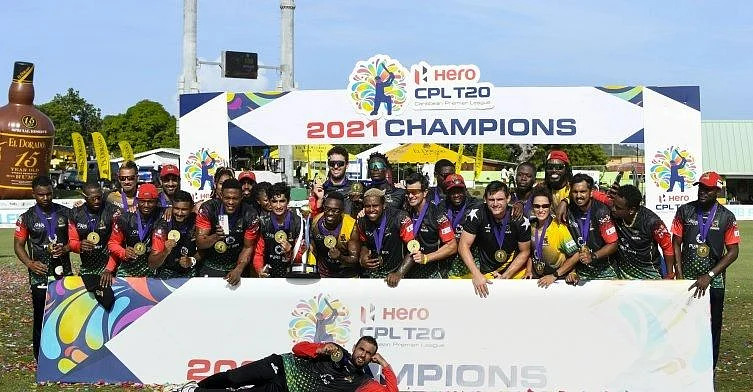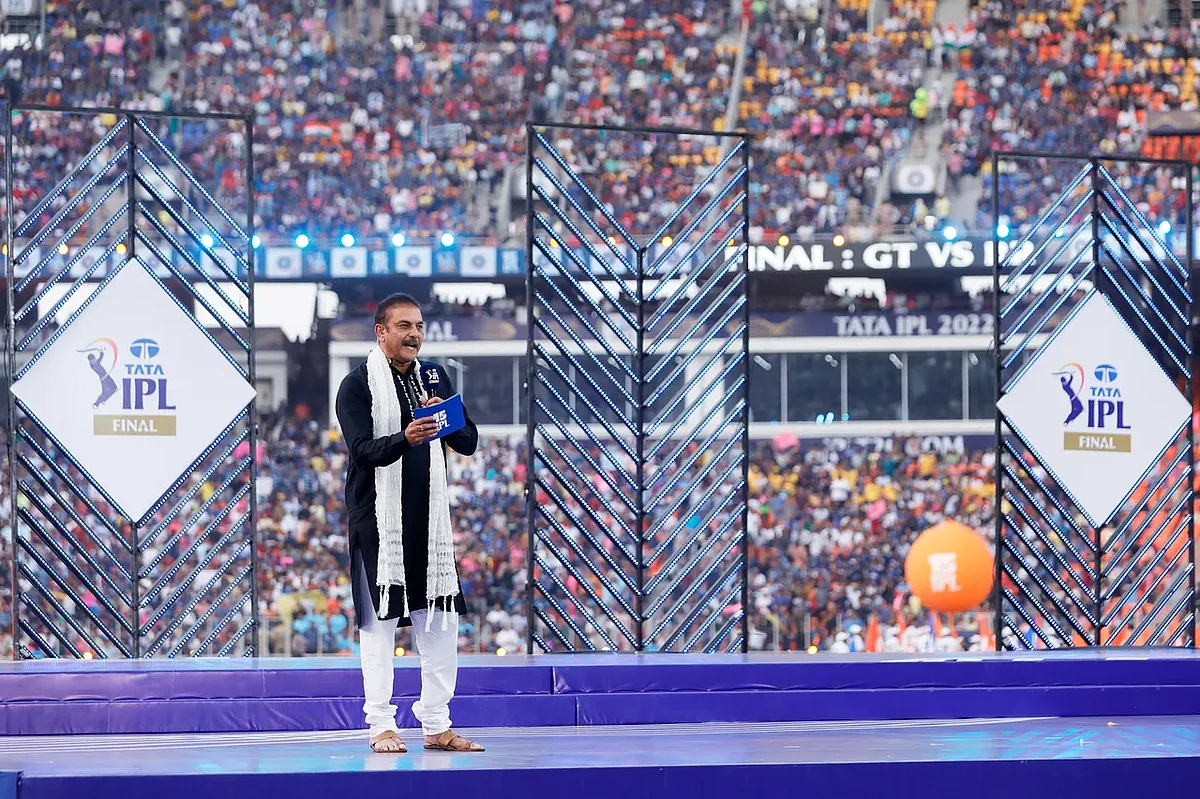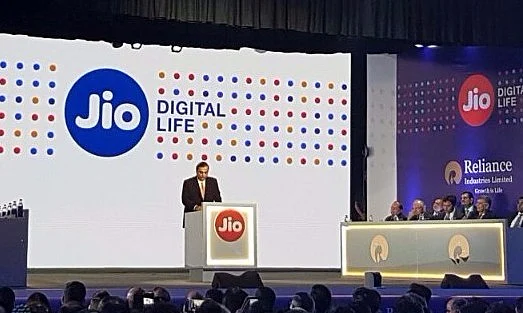Where The IPL Economy Goes From Here
Will the humongous sums paid for IPL media rights suck every last penny out of the sporting spenders in India, asks Charu Sharma.

First, the euphoria. This is probably the first time that all sections of the sporting world would have cast an admiring gaze on this game of cricket that is played by just a handful of largely Commonwealth countries. While the price tag of nearly Rs 50,000 crore (or $6 billion) for five-year media rights would have caused more than a ripple around the world, in cricket-playing nations, it is nothing short of a tsunami. For India, it is a matter of great pride to now be counted as a creator of a seriously wealthy sporting property. While there are many indicators of a nation on the move, eye-popping commercials for professional sports are clear evidence of the growing global stature of a country. However grudgingly given in some quarters, the Indian Premier League media rights deal has likely earned global respect for India.
All Smiles At The Receiving End
The primary beneficiary is, of course, the Board of Control for Cricket in India, and through it all the state associations, other constituents, former players, etc. Cricket will no doubt benefit from more and better infrastructure built in various corners of India, and there will be a sharpening of the National Cricket Academy along with state academies. As already announced, former players, particularly those in need, will be even more grateful for the largesse the BCCI will be able to afford. The trickle-down effect is also bound to be of immediate and direct benefit to those plying their trade at the higher levels of domestic cricket. India’s already robust supply stream of hungry, talented young cricketers will become a continuous flood. So far so good.
Next in line are the IPL franchise owners. Whatever their initial ownership apprehensions, revenue shortfalls in the distant past and disagreements with the custodians of cricket – the current windfall scenario would have been beyond their wildest dreams some years ago.

Flags of the IPL franchises are waved at the 2022 IPL closing ceremony, in Ahmedabad, on June 5, 2022. (Photograph: IPL/BCCI)
IPL franchises’ expenditures are mostly in a 2-3 month period, with only skeletal expenses across the rest of the year, and no real pressure to increase visible expenditure outside the season cycle. That said, a growing number of franchises are now undertaking some project expenditures, such as setting up their own high-performance academies, various fan engagement ventures and digital platform enhancements.
The IPL cricketers will, rightly, consider themselves the centrifugal force of these media rights and all other riches, as the ones who risk life and limb in the high-intensity field of play. In a somewhat structured manner, their remuneration is bound to grow. As that happens, more of the best players from around the cricket world will shed their current reluctance and will happily throw their hats in the IPL ring. We are all aware that a sportsperson’s professional life can be brutally short. No one, except perhaps the socialist elderly, will grudge cricketers being optimally remunerated for their skills and stardom.
Only then will this debate become a topic worthy of conversation.

The St Kitts & Nevis Patriots squad celebrates after winning the 2021 Caribbean Premier League, on Sept. 15, 2021. (Photograph: CPLT20)
Does The Math Add Up For Media Houses?
The BCCI, its constituents, franchises, players and all other service providers are all no-pressure revenue receivers. But what about the buyers of these media rights, whose expenditure has gone up by 300%? Their revenue generally comes from a standard pie of advertising and subscriptions. One can understand the size of an average pie increasing by 10% annually. How does this pie increase by 300% in triple quick time? The mind boggles. In 2021, Disney-Star had said that it expected that year’s IPL to bring in advertising revenue of 3,600-3,800 crore. Its annualised cost on rights alone was around Rs 3,300 crore.

Ravi Shastri hosts the opening of the 2022 IPL final, in Ahmedabad, on June 5, 2022. (Photograph: IPL/BCCI)
With TV viewership becoming a little strained, as we heard in 2022, this seems like a phenomenally challenging task. How much will various brands be able to stretch their spending? Many traditional brand spenders are not visible on TV anymore. There also appears to be some uncertainty about the future of the currently big-spending ‘gaming’ industry brands. If they falter for some reason, the ad spending scenario will be even more difficult to chart out. In such a situation, the broadcaster/streamer will need top-end new launches by big brands with a particularly blistering and risky ad blitz during the IPL. Remember, the IPL is a very heavily skewed Indian domestic T20 league. With cricket’s current following, most of the large and prosperous economies around the world are blind to this game. The IPL is not ever likely to create a wide global footprint. The spending will thus largely be for Indian followers.
The money paid out for digital rights is the obvious and biggest game-changer. While there will be greater and relatively inexpensive advertising on these platforms, OTT platforms need the subscription numbers to bring in the bread. It is safe to assume that at the value of the just-concluded rights cycle Disney+ Hotstar was not bringing home all the bacon it needed to, from the IPL content. Now, at a massively increased cost, it will be interesting to see how the new digital masters of the IPL will play on their rights. I must confess that I am personally not at all a digital consumer, but I do hear that the subscription sums are deeply discounted.

Mukesh Ambani speaks at the Reliance AGM (Photographer: Sajeet Manghat/BQ Prime)
Is This Juggernaut Sustainable?
TV and digital production is bound to attract viewership through a slew of new sophisticated offerings. An immersive stadium spectator viewpoint and other similar enhanced viewership attractions are in the pipeline. Some of them may be grossly irritating in this continuing battle where a large section of the traditional cricket viewers is constantly seeking a clean, uninterrupted picture. Also, the T20 game will not change much. So will the IPL continue to attract larger numbers in terms of viewers and brand spenders? Or, will an increasing number of both segments turn to other sporting offerings? With billions of dollars making their way in, the cricket establishment may not care. But any small percentage of expenditure on other sports events and professional leagues will certainly provide welcome relief to those parched throats. So, the big question really is – will these humongous sums paid for IPL media rights suck every last penny out of the sporting spenders in India? Or, will they conversely, turn the spenders’ attention toward other green shoots waiting to bloom in our part of the world? Time will tell.
Charu Sharma is a broadcaster and sports management executive. He was CEO of the Royal Challengers Bangalore franchise in the inaugural IPL season and is a co-founder of the Pro Kabbadi League.
The views expressed here are those of the author, and do not necessarily represent the views of BQ Prime or its editorial team.